My Personal Gas Stove Saga
Improving indoor air quality is harder than it sounds.
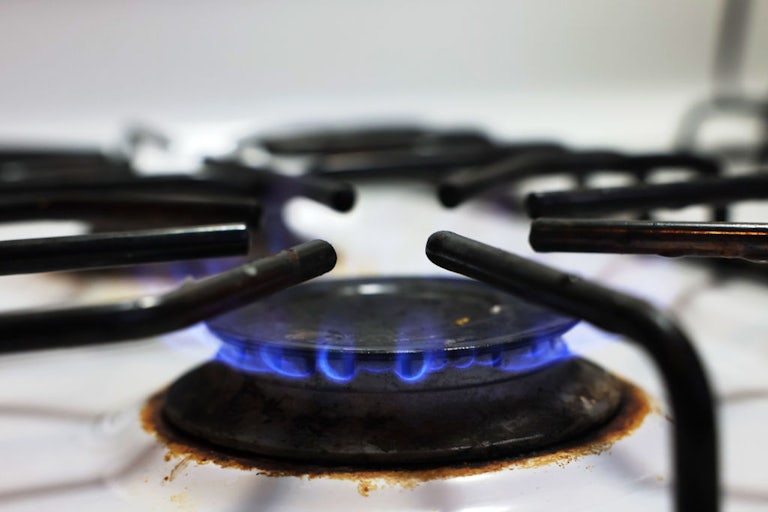
Confession: When TNR began covering the most recent wave of gas stove news, I was still cooking on a gas range.
At first, replacing it didn’t feel like a realistic option: The stove came with our rental. And while I wasn’t wild about the well-established link to respiratory illnesses, I figured there were a lot of risks out there in every aspect of life. I also appreciated how quickly the range heated up, how responsive it was to adjustments during the cooking process, and how screaming hot I could crank the oven for homemade pizzas—in short, all the reasons people say they like gas stoves. And there was no chance any landlord would shell out for induction.
So as I interviewed people about new research showing gas ranges leak carcinogenic benzene, and reported their suggested policy solutions, I was compartmentalizing. I was even a little startled when my husband, reviewing the coverage, insisted that we had to do something about this too—and do it now, not merely prioritize electric when we eventually moved out. When he bought new filters for a long-unused air purifier and set it up in the kitchen, along with an air quality monitor, I suggested this might be overkill. (Caveat: Home air quality measuring devices are not very accurate, but you can watch the “volatile organic compounds”—which include benzene—spike when you turn the stove on, which has a way of making the theoretical risk feel a little more immediate. Great panic fodder for masochists.)
Without his insistence, though, I’d never have appreciated how hard it is to mitigate the effects of gas stoves with the tips many “service” journalism pieces offer.
One Slate piece last October suggested people cut their risk by using the exhaust hood. And that’s what our landlord suggested when we first contacted him asking whether he’d consider replacing the gas stove. The exhaust hood doesn’t do much, though, when it’s simply venting to a spot six inches above where it takes in air, rather than to the outdoors. Although this air is allegedly filtered before being dumped back into the kitchen, a lot of filters don’t work on benzene, and our filter was old and the vent cover even broke off shortly after this experiment began. The landlord said there was no way to vent to the outdoors given the kitchen’s setup.
Our main option was to open the window while cooking. As fall turned into winter, doing this every time we cooked got really flipping cold.
In January, all hell broke loose. U.S. Consumer Product Safety Commissioner Richard Trumka Jr. told Bloomberg that “any option is on the table” regarding gas stove regulation and “products that can’t be made safe can be banned.” Conservatives went haywire, yelling about freedom and chaining themselves to their ranges, while liberals pointed out that no one was going to actually rip existing ranges from the walls and a full nationwide ban on gas stoves almost certainly wasn’t in the offing anyway.
But here’s the thing about people like Trumka using their pulpit: It may trigger the wingnuts, but it also raises public awareness. I can’t prove the connection, but when we emailed the landlord three days after this national debate kicked off, this time he said yes—that this issue had been on his mind—and offered a deal of replacing the gas stove in exchange for our signing a longer-term lease.
The physical act of replacing a stove still takes work: The gas range, it turned out, had no electrical hookup behind it, so that had to be installed. The technician who dropped off the new range for installation gave me a lecture about how his wife had demanded the opposite switch—that he put in a gas range rather than electric. Were we really sure about this, he asked, or was the rental management agency forcing us to take a substandard stove swap? I mentioned the research on gas stoves. He remained unconvinced.
I’m happier than I thought I’d be with the new range—it’s not induction, but regular glass-top electric stoves have gotten better since I last used them: They heat up faster and can reach higher temperatures. The heat in the electric oven seems a little steadier and more uniform than in our gas one (this is consistent with what others say, although I’m not aware of good data), so it’s a little better for cakes and more delicate stuff—and it gets very, very hot with enough time, so pizza and bread still work.
And here’s the thing: Not having to worry about what’s leaking out isn’t nothing. It feels better than you might think. Aside from the concern about respiratory problems and cancer—our basement gas line sprang an unrelated leak midway through this process, resulting in multiple emergency technician visits—it’s kind of nice to know that there’s one less way for the house to blow up.
Anyway, that’s one story of a gas-to-electric switch.
Now, some news: I’ll be going on tiny-human leave for a few months as of the end of this week (one of the reasons we pushed through this stove saga—kids are particularly affected by gas range emissions). I couldn’t be more delighted to introduce Molly Taft, who will be taking over this newsletter and the TNR climate desk in the interim. Molly was most recently a staff writer at Earther, Gizmodo’s climate site, and has also written for The Intercept, Vice, The Outline, and in fact The New Republic!
Simultaneously, we’ll soon be renaming this newsletter from its original launch title of “Apocalypse Soon” to “Life in a Warming World,” to better reflect the wide-ranging nature of topics covered. It’s going to be an exciting next couple of months—stay tuned!
![]()
Good News
Well, medium news: Chemical companies Chemours, DuPont, and Corteva have announced a preliminary settlement agreement in lawsuits over damages from PFAS (or “forever chemicals,” linked to many adverse health outcomes, so named because they are slow to break down) contaminating drinking water. The agreement involves setting up a $1.19 billion fund for removing PFAS. (Chemical company 3M also appears ready to settle on similar claims.) The good part of this is that it means money will go toward cleanup. The bad part is that it may not be enough, and it probably doesn’t hold these companies fully accountable for decades of misleading the public about the dangers from these substances.
![]()
Bad News
Both Allstate and State Farm have stopped writing new home insurance policies in California, due to climate risks and repair costs.
Stat of the Week
50%
That’s the increase in the amount of carbon dioxide in the atmosphere, comparing this year’s measurements to the preindustrial era, according to a new report.
Elsewhere in the Ecosystem
The great Western water crisis will have many casualties. The Times’ photo-intensive feature on the Grand Canyon takes one of them and uses it as a poetic stand-in for the greater Colorado River catastrophe:
The Colorado flows so far beneath the Grand Canyon’s rim that many of the four million people who visit the national park each year see it only as a faint thread, glinting in the distance. But the river’s fate matters profoundly for the 280-mile-long canyon and the way future generations will experience it. Our subjugation of the Colorado has already set in motion sweeping shifts to the canyon’s ecosystems and landscapes—shifts that a group of scientists and graduate students from the University of California, Davis, recently set out to see by raft: a slow trip through deep time, at a moment when Earth’s clock seems to be speeding up.
John Weisheit, who helps lead the conservation group Living Rivers, has been rafting on the Colorado for over four decades. Seeing how much the canyon has changed, just in his lifetime, makes him “hugely depressed,” he said. “You know how you feel like when you go to the cemetery? That’s how I feel.”
Read Raymond Zhong’s full report at The New York Times.
This article first appeared in Apocalypse Soon, a weekly TNR newsletter authored by deputy editor Heather Souvaine Horn. Sign up here.


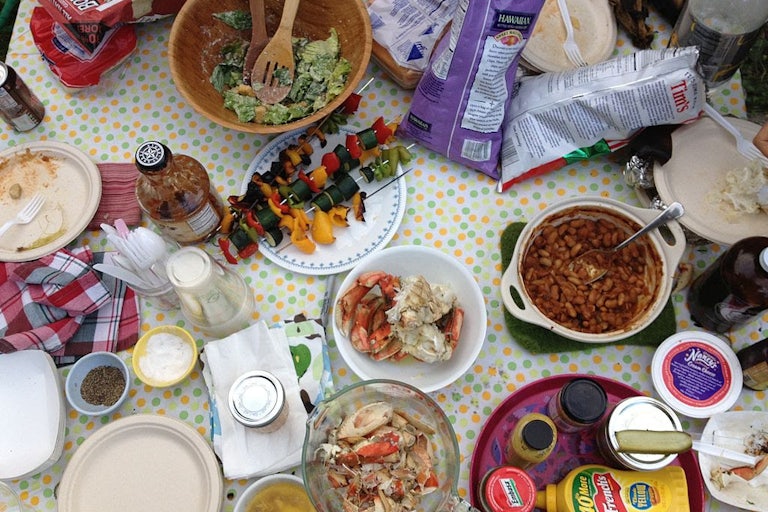
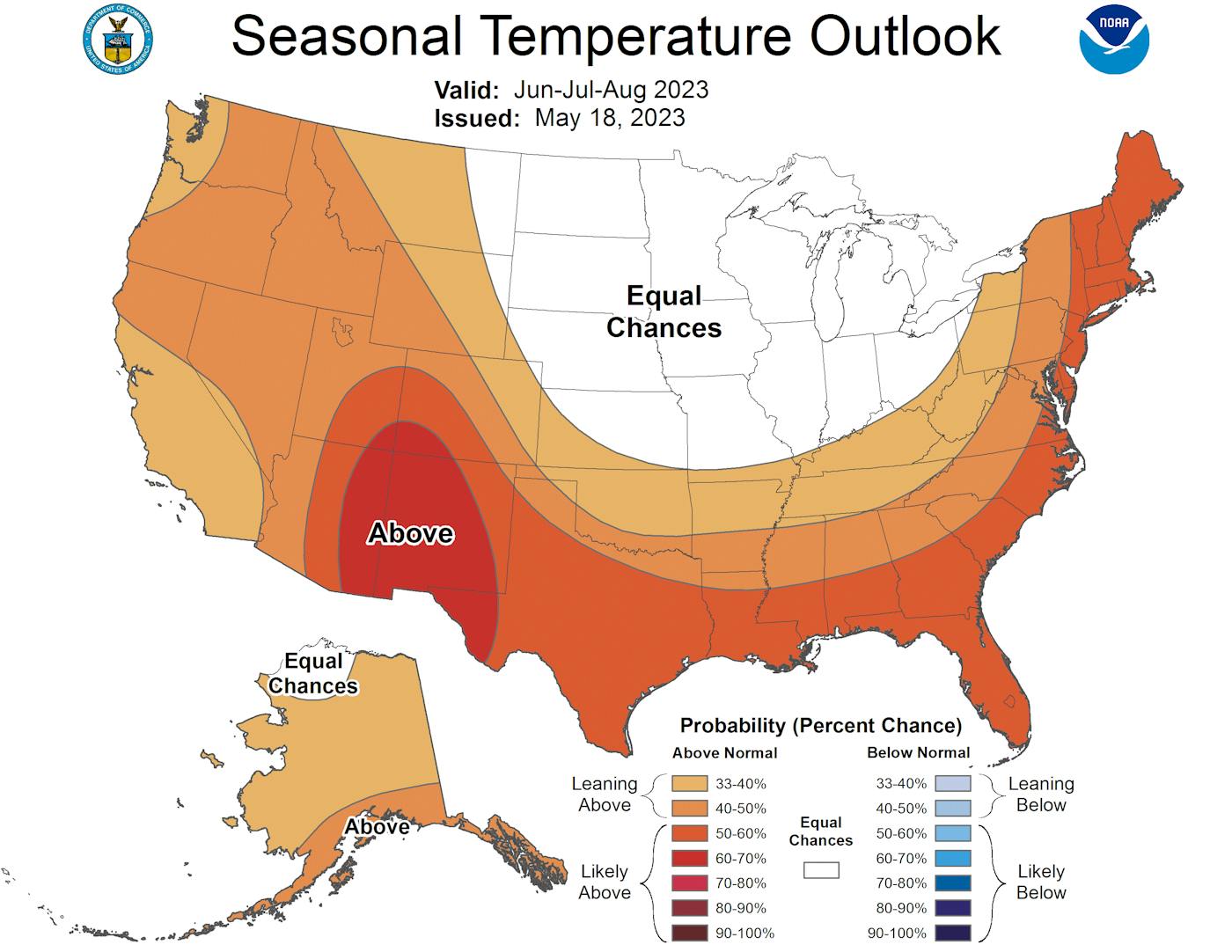
.png)
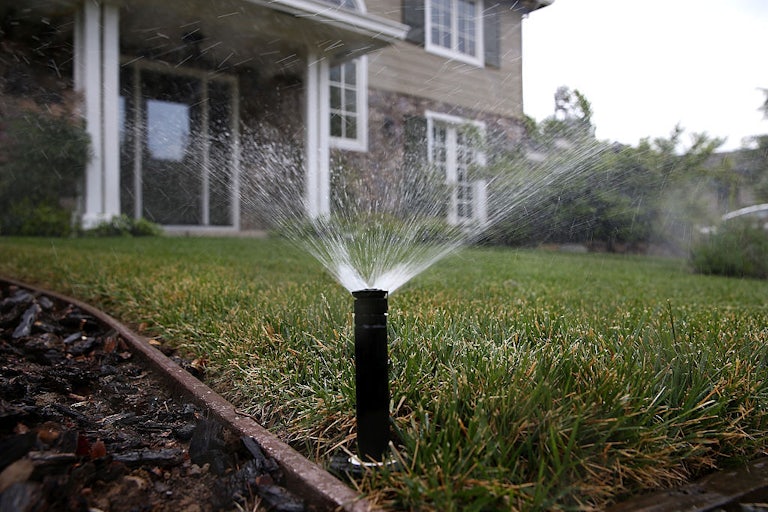
.png)
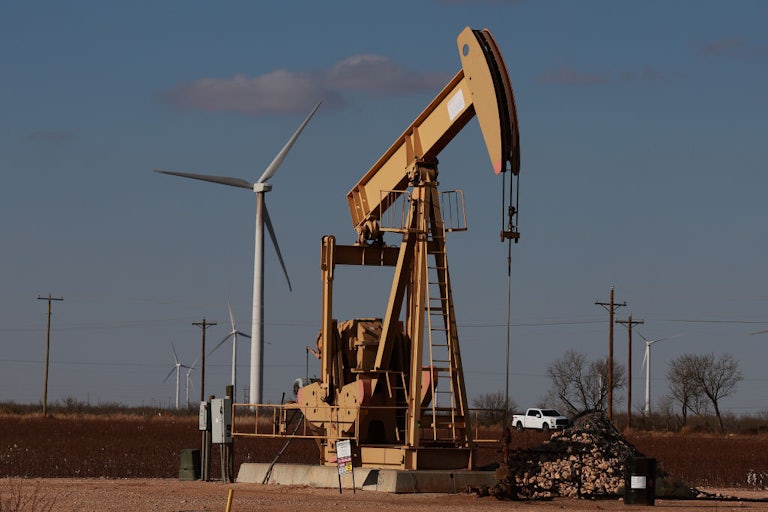
.png)


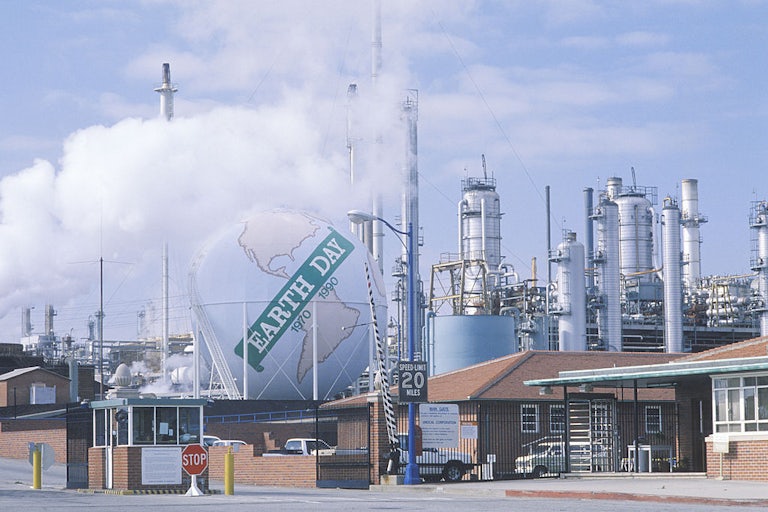

.png)

.png)